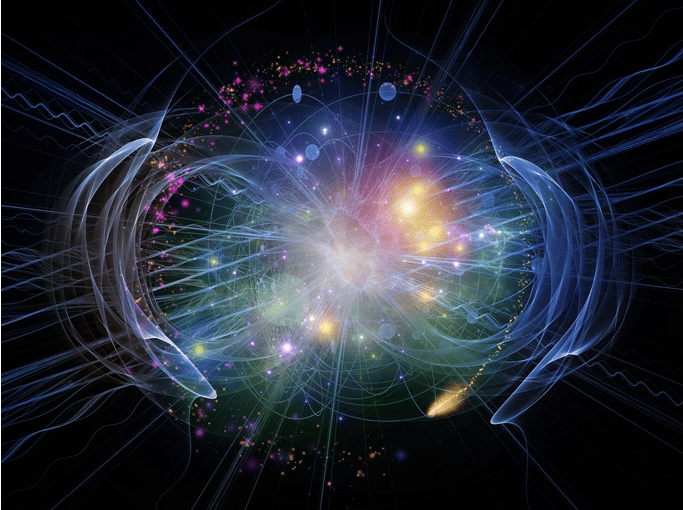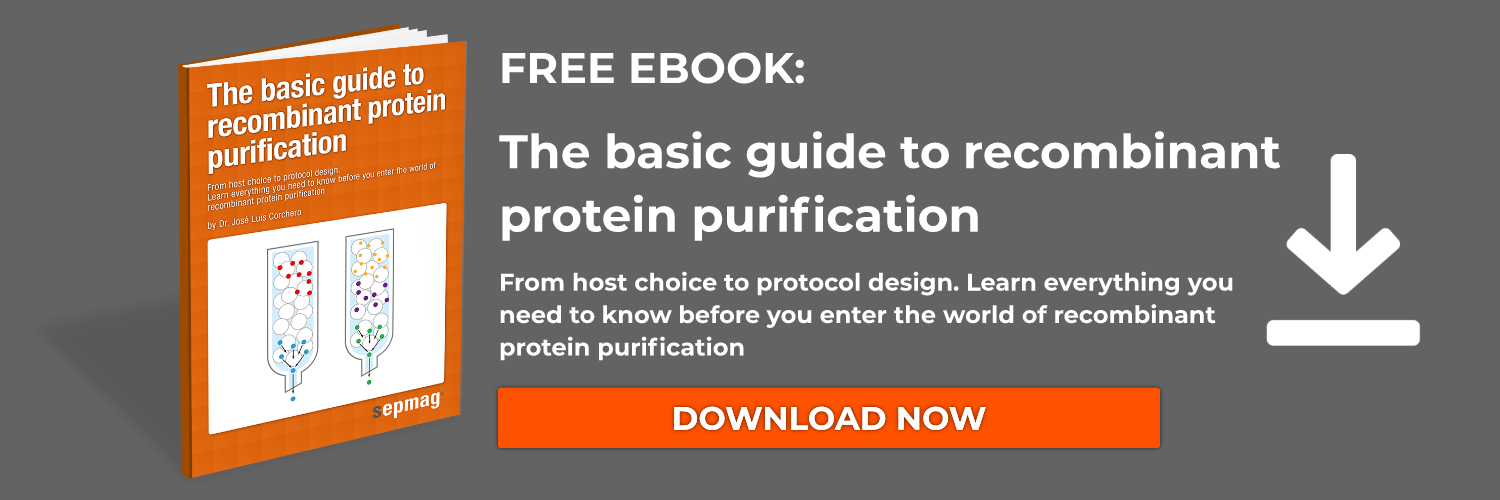Protein extraction is a key step for many proteomics research procedures, from ELISA to Western Blot. Proteins form the basis of all cells, tissue, and organisms. Proteins also initiate and mediate the thousands of biochemical pathways that govern an organism’s function. Biomedical studies of proteins can reveal information about pathways of disease, and the expression of the genetic code. But before proteins can be studied, they need to be extracted. Choosing the most appropriate protein extraction method is key to successful protein extraction.
What is protein extraction?
Protein extraction is a first, vital step for many analytical techniques. A variety of protein extraction methods have been developed, which aim to give high yield and purity. To achieve a high yield, the tissues or cells containing proteins first need to be homogenized, using either mechanical or chemical techniques. Often, protease inhibitors are added to prevent loss of protein due to enzymatic degradation.
Challenges of protein extraction
A key challenge when studying proteins is choosing the most appropriate method of protein extraction. Protein extraction protocols must account for the sample type, downstream application, desired yield, and the structure and chemical composition of the target protein. For example, proteins extracted for use in ELISA need to be intact and retain their original tertiary/quaternary structure.
Additionally, cell lysis and sample homogenization must not introduce cross contamination, the homogenate needs to be easy to pipette, and often must release the highest number of proteins possible. Yield and purity can vary between species, sample type, and target protein.
Useful questions to ask yourself when considering a protein extraction method:
- What tissue are you trying to isolate protein from?
- Are you interested in studying cytosolic, extracellular, or transmembrane proteins? What about association with a particular subcellular compartment?
- Do you want to conserve native protein-protein interactions and tertiary/quaternary structure?
- Do you know specifically which protein you want to isolate, or are you looking for a broad sample?
Once you have identified your sample type and requirements, you can tailor your protein extraction procedure to match your experimental goal.
Protein extraction protocol
An important factor to consider when choosing your protein extraction protocol is the source of the protein, and its location in the cell. Proteins can be extracted from tissues or cells. Protein extraction from tissue requires more steps as there are more layers, and chemical and structural heterogeneity across the sample. For a cell culture you don’t need to mechanically homogenise your sample, but the rest of the procedure is broadly the same.
General protein extraction steps:
- Lyse cells via sonication, or mechanically homogenise the tissue to free the proteins.
- Filter the sample to remove larger debris.
- Centrifuge the sample, which removes cellular debris, and collect supernatant. This step is useful for extracting cytoplasmic proteins. Choose the right type of centrifuge for your purpose: density gradient and differential centrifugation are commonly used.
- Resuspend the sample in an appropriate buffer, which is influenced by the type of protein you want to extract. For example, chemical buffers containing detergents can be used to extract membrane proteins.
- Biomagnetic separation is an optional extra step to enrich the target protein in the solution. Proteins are captured by magnetic particles with ‘capture’ proteins attached. The beads with the target protein attached are retained by the magnetic separation rack while the buffer is removed.
Protein extraction kits
Kits that include buffers for protein extraction are available commercially or are made in laboratories that routinely do protein extraction. Buffers may need to be optimised for different protocols and samples, and it is important to consider the presence of proteases in your sample. Cell lysis disturbs the cellular environment, which allows endogenous proteases to become unregulated. Extracted proteins can be altered or degraded as a result. Protease inhibitors, which block protease activity by binding with the protease, are required to prevent this. This needs to be done before the centrifuging stage.
Protein extraction by centrifugation
Centrifugation is key to extracting proteins, but how does it work? Large pieces of tissue are easily removed by centrifugation after the crude initial tissue disruption. Differential centrifugation is a commonly used method, where the rate and time of centrifugation will selectively draw subcellular organelles into the pellet. Proteins are extracted from specific cell compartments via multiple rounds of centrifugation.
Nucleic acids can also be chemically precipitated out of the initial tissue slurry and removed by centrifugation. A similar technique can be used to precipitate proteins out of the supernatant.
Protein interaction and function are highly dependent on the protein’s three-dimensional structure. The amino acid side chains that support this structure influence the protein’s function via hydrophilic and hydrophobic interactions, including hydrogen bonding, ionic, and Van der Waals forces. One way to disrupt these interactions is via a high salt or high/low pH buffer.
Once the proteins precipitate out of solution they can be collected by another round of centrifugation. Chemical disruption may not be appropriate for certain experimental aims that require native protein-protein interactions, as these will be disrupted by the extraction process.
Protein Extraction via affinity columns
Affinity protein extraction exploits the chemistry of the amino acid side chains to aid protein extraction, e.g., using an ion-exchange column or a hydrophobic column.
Amino acid side chains can have varying properties. There are amino acids with positively charged side chains (arginine, histidine, and lysine), negatively charged side chains (aspartic acid, glutamic acid), and hydrophobic side chains (tyrosine, tryptophan, phenylalanine, valine, isoleucine, etc).
These affinities allow proteins to adsorb to a column that has a positive, negative, or hydrophobic matrix. Once adsorbed to the column, the proteins can be washed and eluted as an enriched sample.
Newer methods of protein extraction
Protein extraction via centrifugation and affinity columns are effective ways to isolate general proteins in bulk. However, if your experimental goal involves the extraction of a specific protein, then other methods may be more appropriate.
Newer techniques are particularly useful for antibody or antigen extraction, as these proteins have specific affinities for each other. The extraction of IgG antibodies can be performed via protein A/G affinity. Alternatively, specific antibodies can be isolated by attaching their corresponding antigen to a solid surface, such as a column or bead.
Similarly, a specific antigen can be extracted using antibodies containing a recognition site for that antigen. This process is made quick, easy, and efficient with the use of functionalized superparamagnetic nanoparticles and biomagnetic separation.
Related articles:






